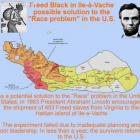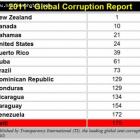ADVERTISEMENT
Photos
The Neighborhood of Carenage in Cap-Haitian
Here is a beautiful picture of Carenage in cap-Haitian.
Called the Versailles of the Caribbean, fitting since Cap Haitien was the Paris of the Antilles, Sans Souci Palace, built on the steam of Henri Christophe, former, self-declared King of Northern Haiti, is one of the world heritage sites of UNESCO. A guided tour reveals the massive gardens, filled with man-made springs and a waterworks system that gave entertainment to the many guests invited to the multitude of dances and dinners Christophe held there during his reign. The palace should have lasted long into posterity, but was destroyed by the 1842 earthquake.
The Streets of Cap-Haitian - Carenage
Morning time in Cap Haitien is abuzz with busy people. The almost ritualistic sweeping of the sidewalk commences as soon as the day lights, the clean streets a product of the effort of shop and homeowners to show off their properties in the best light. And some have much to be proud of. While most are definitely run-down, the beautiful architectural touches on windows, balconies, arches and roofs etc. show what the city used to be, the Paris of the Antilles, hinting as best as possible to what it can be again.
Union Club, a social club in Cap Haitien - 1907
Here is a picture of Union Club which was a social club in Cap Haitian on the beginning of 1900s
The 1800's were the golden age for Cap Haitian, then called Le Cap, or, The Cape. The town was legendary in the French Empire and was viewed as the richest colony under the French cap. The wealth of the city had much to do with the one hundred thousand coffee trees being harvested there. The Cap Haitian of the present, by comparison, is a struggling, over-populated city. Luckily untouched by the 2010 earthquake, the city has a chance to retain some of its former glory through tourism and its ready-made appeal to the industry.
Douane - Cap-Haitien - 1928
Here is a picture of Cap-Haitian in 1928.
Cap Haitian, formerly known by other names such as, Cap Francais and Cap Christophe was given its present name after the Haitian fight for independence from the French. When the country was renamed Haiti, from the Arawak word that meant 'mountainous land', a sentiment Columbus himself had observed when he first landed, calling the land 'very high', the tribute extended to Cap-Haitian, witness to many of the decisive moves that served to win the slaves their freedom and independence.
The city of Cap-Haitian in 1881
Cap Haitian's introduction to history was in December of 1492, when, upon arriving on Haiti's north coast, Christopher Columbus and his flagship, the Santa Maria, collided with the coral reef. The damage to the vessel was extensive enough to sink the legendary ship, and its remains are said to still lie beneath the sea today in nearby Limonade Pass. Columbus and his fellow travelers would create a settlement in Cap Haitian before moving on to Santo Domingo in the present-day Dominican Republic.
Cap-Haitien - Lighthouse in 1910
Picture of Lighthouse on the coast of Cap-Haitian in 1910.
Cap Haitian's claim to fame include the 1791 Vodou ceremony in which Boukman, a slave leader, called on the vodou spirits and incited a fervor for revolution. It was also in the north where Jean-Jacques Dessalines led the final battle of the revolution. After Dessalines' two year rule as Emperor, he was killed and the country split into two factions with the north being ruled by King Henri Christophe. He would go on to rename the city in its present moniker, build the Citadelle and the Palais Sans Souci.
Cap-Haitian in 1853
A picture of the historic city of Cap-Haitian in 1853
Not far from this historic city of Cap-Haitian, you have La Citadelle, an imposing mountaintop fortress that was constructed during the division of the North and South of Haiti in the early 1800's. Le Cap's ruler, King Henry Christophe saw the Northern territory through prosperous years, commissioning the build of the Citadelle, which stands today as formidable as when the fortification was first built to counter any possible re-invasions by the French. Christophe's suicide by golden bullet, after fears of an assassination attempt when he'd been weakened by a stroke, threw the Northern Kingdom back into the Haitian fold.
The great Cap-Haitian of 1793
Here is a picture of the great fire in Cap-Haitian in 1793.
The first colony to be established in the Americas was in 1492 by Christopher Columbus. He landed near the city and was met by millions of Arawak and Taino Indians. The Spanish settlers caused widespread genocide of the indigenous Indians, but the place was soon repopulated by African slaves. The African introduction gave way to the Haitian revolution, and the accepted starting point, a ceremony of Vodou spiritualism was performed in the area. This, and other pivotal happenings in and around Cap Haitian, led it to be considered as the birthplace of the revolution.
Michelle Obama And Rene Preval During Her Visit To Haiti
Here is a picture of the First Lady Michelle Obama as she was accompanied by the Haitian President Rene Preval on her one day visit to Haiti. Michelle was in Haiti to visit the sites affected by the earthquake.
Michelle Obama and Jill Biden spent the entire day to visit the people and also to meet with the Haitian leader before leaving to go to Mexico

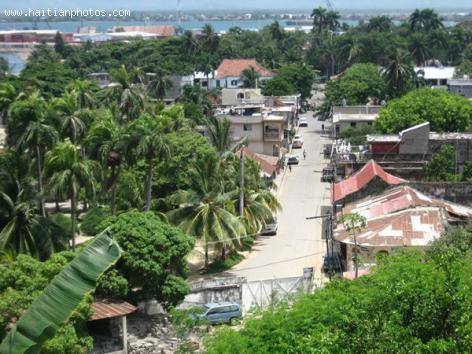
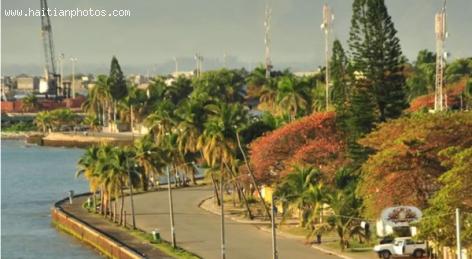
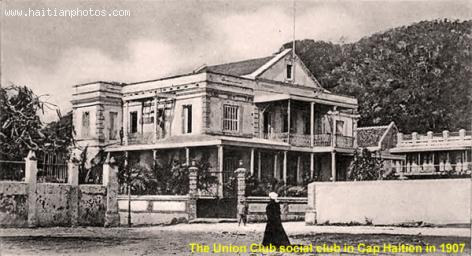
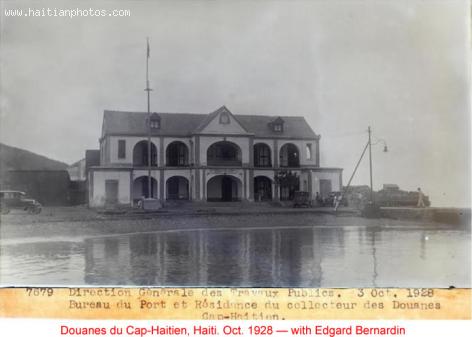
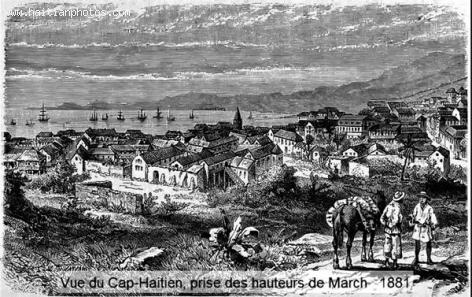
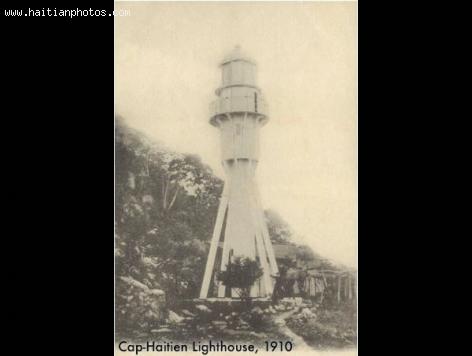
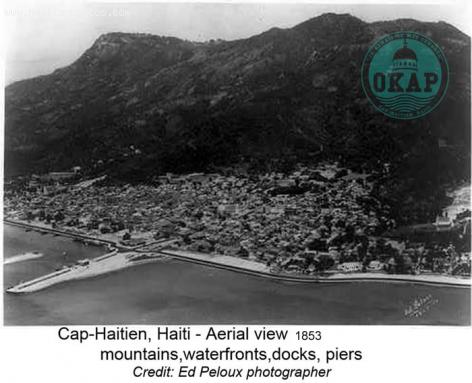
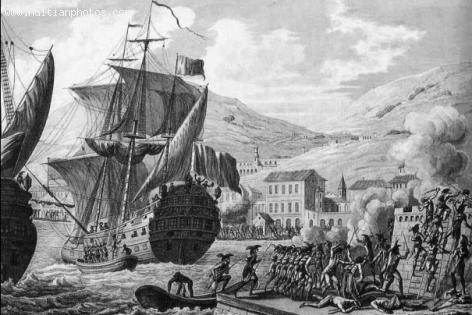


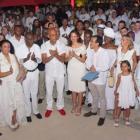 All inclusive Royal Decameron Indigo
All inclusive Royal Decameron Indigo 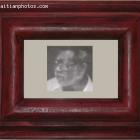 Luc Desir Was A Member Of Francois Duvalier And Jean-Claude...
Luc Desir Was A Member Of Francois Duvalier And Jean-Claude... 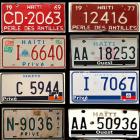 Haiti License Plate or Plaque d'immatricules a DGI
Haiti License Plate or Plaque d'immatricules a DGI  Meet Haitian-American professional baseball pitcher Touki...
Meet Haitian-American professional baseball pitcher Touki...  Former PNH Chief, Godson Orelus, arrested for illegal arm...
Former PNH Chief, Godson Orelus, arrested for illegal arm...  Philippe Vorbe entered world football Hall of Fame, CONCACAF
Philippe Vorbe entered world football Hall of Fame, CONCACAF  Dr. Michaëlle Amédée Gédéon is dead
Dr. Michaëlle Amédée Gédéon is dead 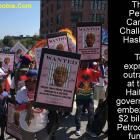 The Petro Caribe Challenge hashtag
The Petro Caribe Challenge hashtag 